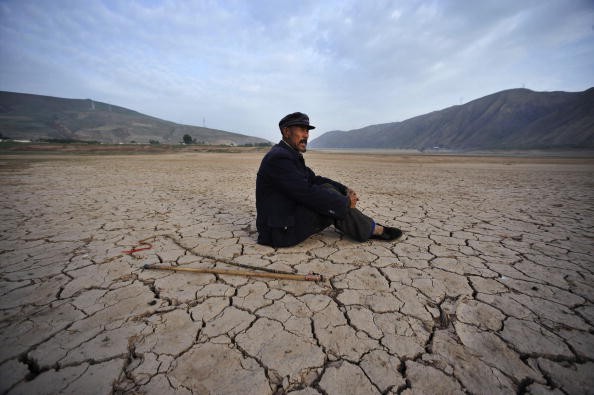Signs of a bleak future without water appear in a city in China’s northwestern province of Gansu as the El Nino phenomenon continues to haunt the rest of Southeast Asia.
According to Market Place, the city of Lintao in Gansu is experiencing the combined effects of the drought and waves of urban development as the city's underground water supply dwindles into alarmingly low levels.
Parched City
Located along a tributary of the Yellow River, Lintao should ideally be abundant with water resources.
But the real situation in the city is far from ideal as its residents need to wake up early in the morning to fetch buckets of water in the highly urbanized area.
Yang Shufang, who lives in a luxury condominium complex in Lintao, is just one of the nearly 200,000 people in the city who has to fetch enough water for her cooking and drinking.
"Right after Chinese New Year, water stopped coming out of the tap. Now we have to stand in line each morning at the front gate of our complex with our buckets and wait for water to be delivered," she told the website.
While Lintao is just one city, experts expressed their fears that it may be a warning of worse times to come.
"Four hundred Chinese cities now face a water shortage. One hundred and ten cities face a severe water shortage. This is a very serious problem," explained Liu Changming, a retired hydrologist in the Beijing-based Chinese Academy of Science.
Liu further noted that while China caters over 20 percent of the world's entire population, it only has 7 percent of the world's fresh water supply.
Because of this, Liu proposed to Chinese leaders to intensify their efforts in solving the problem, which even ex-Premier Wen Jiabao dubbed as "a threat to the survival of the Chinese nation."
El Nino in Southeast Asia
China has been exerting efforts in alleviating the effects of the drought in some of its counties, particularly along the Mekong River.
However, this does little to ease the devastation that has already cost Southeast Asia some of its major crop producers like Vietnam, Cambodia, Thailand, the Philippines, India and Laos.
A report from the South China Morning Post had even featured photos of the dried-out farmlands in these countries, some of which are already being sold.
According to the Southeast Asia Globe, the severe drought had already caused massive shortages of food and water.
"It's one of the most severe, perhaps one of the three most severe, El Nino events recorded," Sanny Jegillos, a UNDP Bangkok hub senior adviser on disaster risk reduction, explained. "But the effects vary from one country to another. Some countries have better water management, therefore those are not as badly affected as others, but some have actually been impacted since 2014."



























